By Louise Irvine
“Have nothing in your house which you do not know to be useful or believe to be beautiful” was the mantra of William Morris, the British Arts & Crafts designer who revolutionized interiors during the Victorian era. He followed his own advice and worked with his wife, Jane, to make embroidered wall hangings for their first family home, the Red House, in Kent. Later, he designed the Peacock and Dragon fabric which he used to cover armchairs at Kelmscott Manor, his Oxfordshire home. Inspired by this iconic pattern, we are featuring peacocks and dragons from the WMODA collection for two displays celebrating ceramic art and design at the turn of the last century.
Morris & Company
The luxurious woven wool fabric depicting stylized peacocks and dragons was designed by Morris in 1878 and became one of the artist’s favorite designs as well as a commercial success for his company. Morris based this pattern on his great knowledge of historical Italian silks and Persian carpets which he studied at the South Kensington Museum, now the V & A, where he was an advisor. He created a formal medieval-style configuration for the opposing peacocks and dragons in shades of blue and brown. The pattern became popular with customers of Morris & Co for wall hangings and curtains and it is still sold today along with modern interpretations of his stunning Forest tapestry featuring a peacock with a lion, rabbit and raven.
Proud as a Peacock
The peacock is native to India where it is the national bird symbolizing royalty and the power of the Peacock Throne. It was brought by Indian traders to the Middle East in ancient times and became a popular motif in the applied arts. The peacock feather was an icon of the Aesthetic Movement in the late 19th century, rivalling sunflowers and lilies as the fashionable adornment of the “House Beautiful”. The Shapland & Petter cabinets at WMODA are inlaid with exotic peacock designs and the bird’s iridescent feathers decorate vases by the famous art potteries of the era. William De Morgan, who was encouraged to take up pottery after meeting William Morris, produced several peacock designs influenced by Iznik pottery from the 16th century, as well as Persian iridescent lusters.
The peacock continued to inspire Art Nouveau designers and the museum’s Nymphenburg peacock seems to strut right out of paradise with its marvelous train of feathers. Tiffany’s leaded glass lamp shades incorporated peacock motifs in rainbow hues which inspired Howard Wiener, our founder’s brother, to create his tribute peacock lamp for WMODA.
Read more about peacocks at WMODA.
Here Be Dragons
Asian dragon motifs entered the lexicon of European porcelain factories in the 18th century as artists strove to emulate blue and white Chinese porcelain. However, the vogue for Chinoiserie gave way to a wave of Japonisme when Western trade with Japan opened up in the 1860s after more than two centuries of seclusion. In the words of the pioneering Victorian photographer and traveler, John Thomson, “'the Western nations have woken the old dragon from the sleep of Asia”. Christopher Dresser, the first European designer commissioned to study in Japan, helped to introduce exotic motifs to British pottery and porcelain. In the 1890s, the Doulton factory introduced ivory porcelain wares with gilded dragons and continued with Rouge Flambé wares in the 1920s.
The auspicious five-clawed Chinese dragon represents strength and prosperity and was a spiritual and cultural symbol of the emperor’s imperial power on the Dragon Throne. Chinese court robes were often decorated with dragons and the Metropolitan Museum has an example woven with peacock feathers twisted with silk threads. The potent powers of the Dragon Kings control water, weather, and the Four Seas. Daisy Makeig-Jones, the celebrated Wedgwood designer, based her largest Fairyland Lustre vase on the Dragon King who guards the shimmering pearl which controls the tides and causes earthquakes if people come too close.
Read more about dragons at WMODA
Revival
Many of the textiles and wallpaper patterns designed by William Morris are made today by Morris & Co and they have continued to inspire contemporary ceramic designers at the Moorcroft Pottery in Stoke-on-Trent as can be seen at WMODA. Studio potter, Jonathan Chiswell Jones, has revived William De Morgan’s reduction fired lustre techniques to create an iridescent peacock charger.
Guarding the new WMODA Dragon Room are two spectacular versions of the Imperial Great Dragon modeled by Francisco Polope for Lladró of Spain. The adjacent Peacock Room is watched over by Lladró’s Winged Beauty whose shimmering blue and green feathers with a hundred eyes was inspired by the myth of Juno, the Roman goddess.
Read more about Lladró prestige porcelain at WMODA
Thank you to Fran Nessen for information about Morris & Co fabrics currently available. Thank you also to the Sanderson Design Group for photographs of their current Morris & Co fabrics.
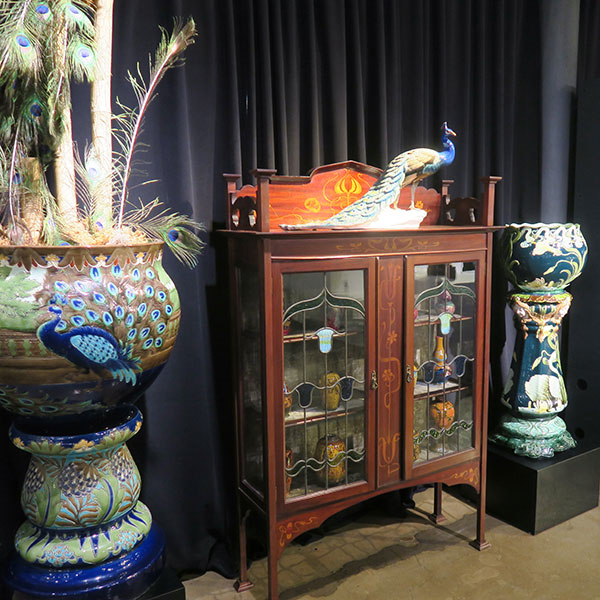
Liberty Style Cabinet WMODA
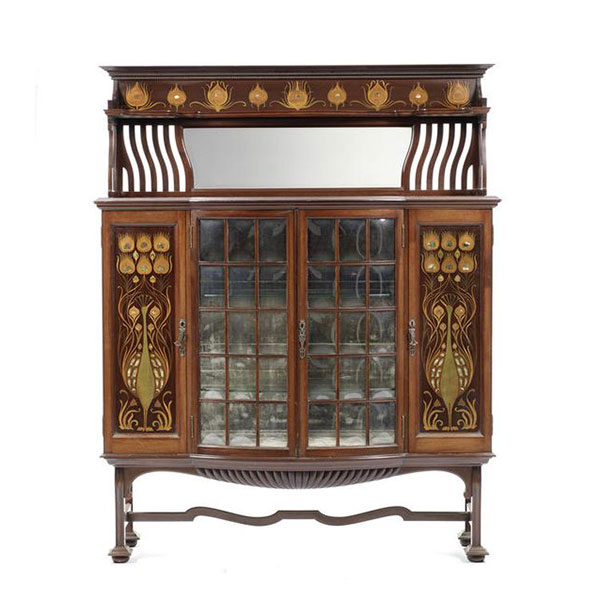
Shapland and Petter Cabinet
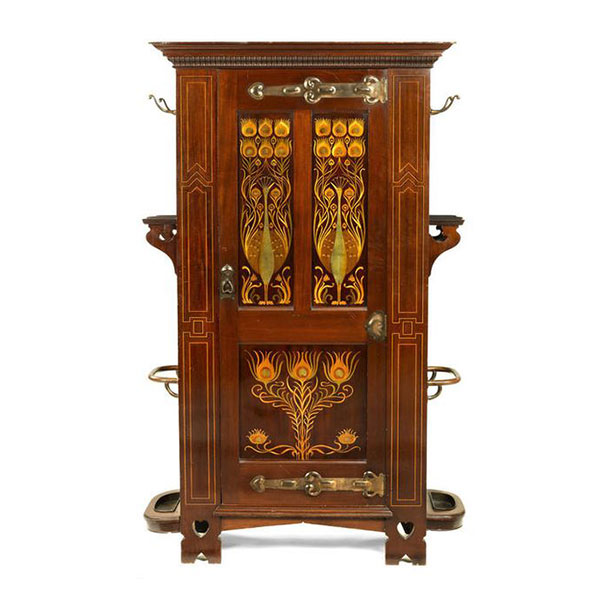
Shapland and Petter Hall Cabinet
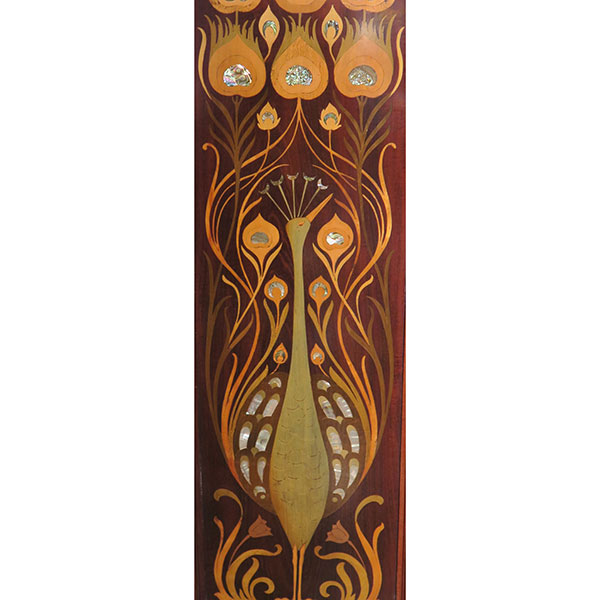
Shapland and Petter Cabinet Detail
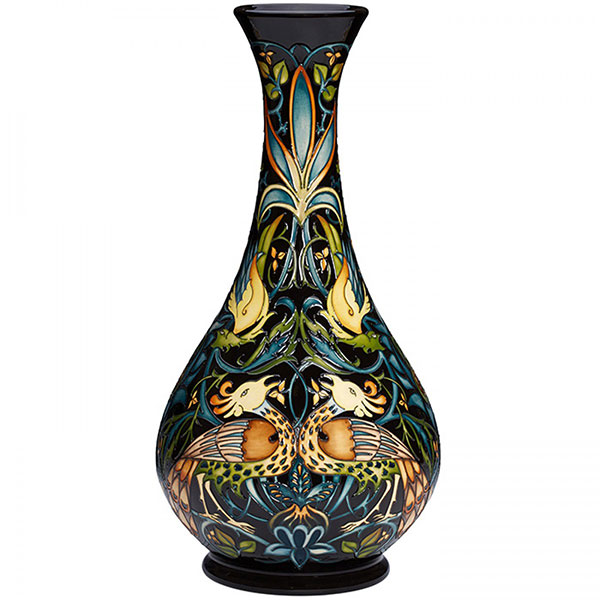
Moorcroft Peacocks and Dragons N. Slaney
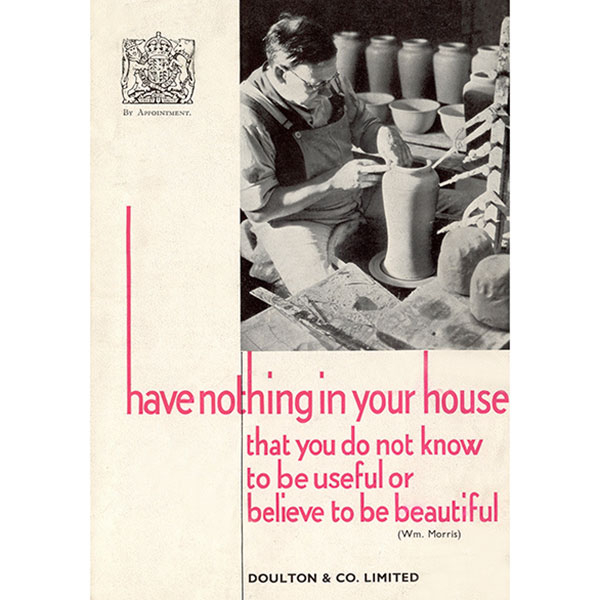
Doulton Publicity Leaflet 1933
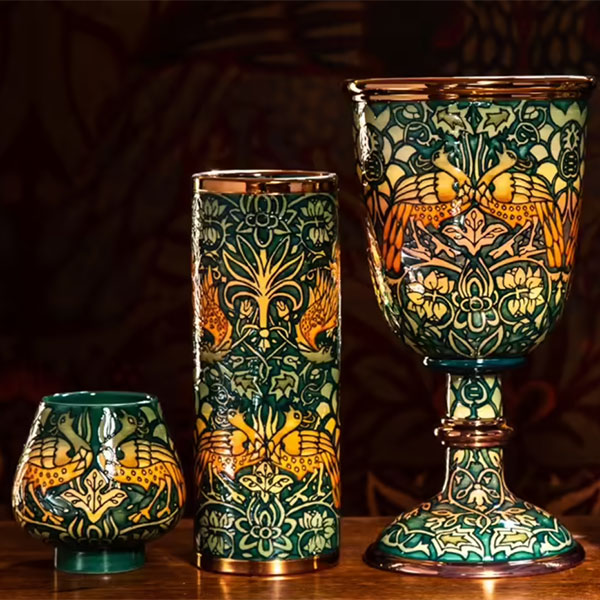
Dennis Chinaworks Peacocks and Dragons
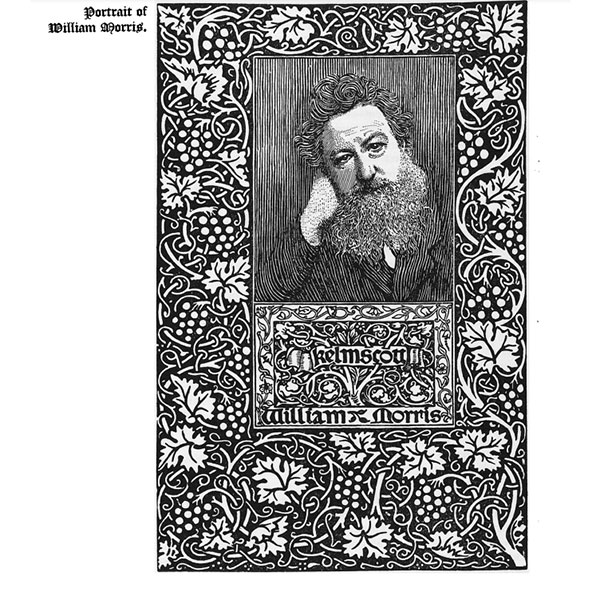
Portrait of William Morris from Bradley His Book
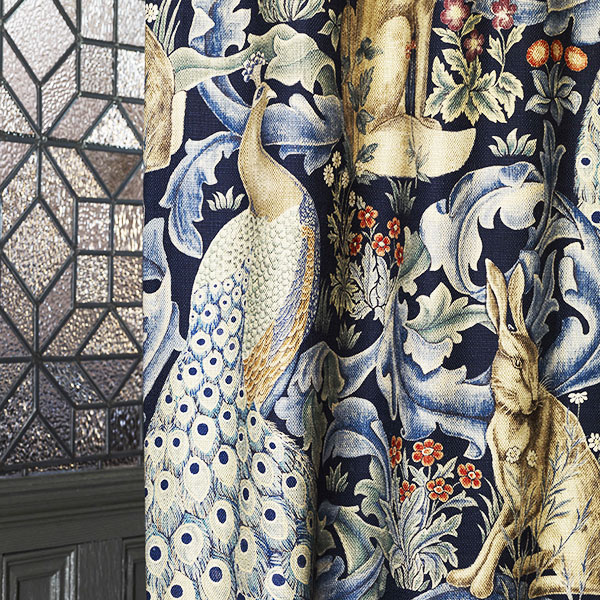
Morris & Co The Forest
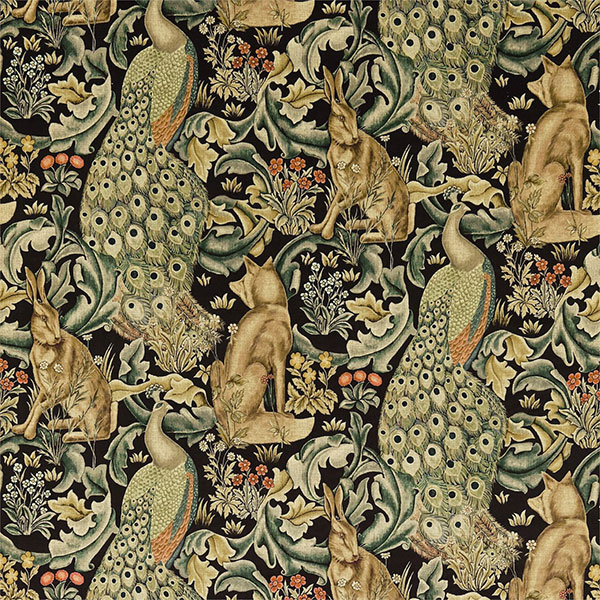
Morris & Co The Forest Fabric
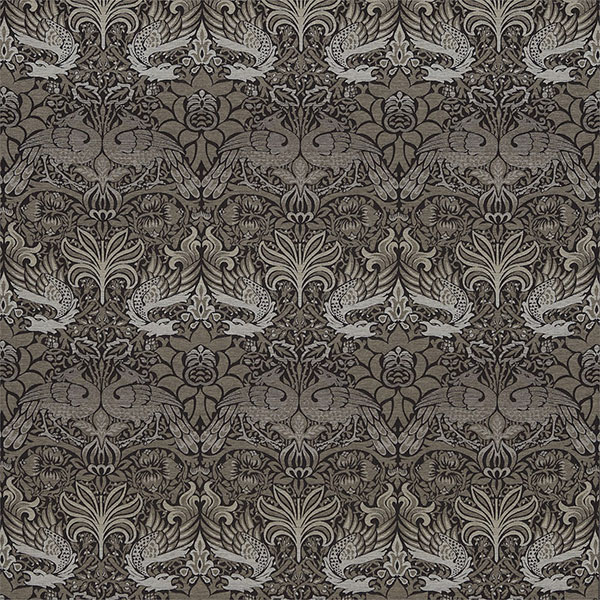
Morris & Co Peacock and Dragon Fabric
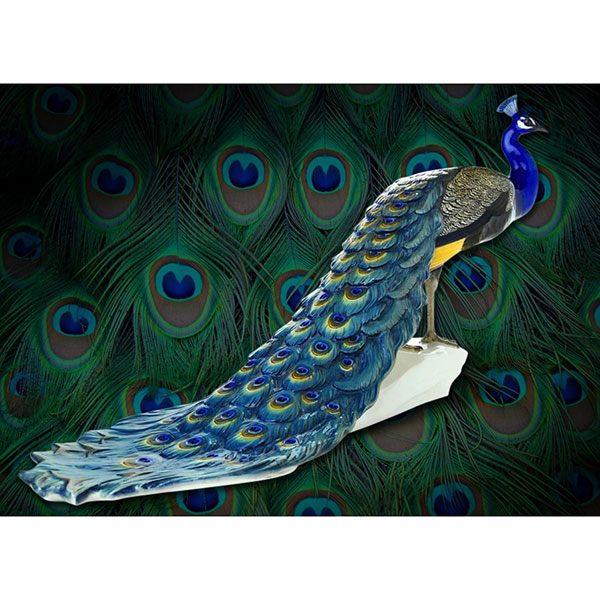
Nymphenburg Peacock
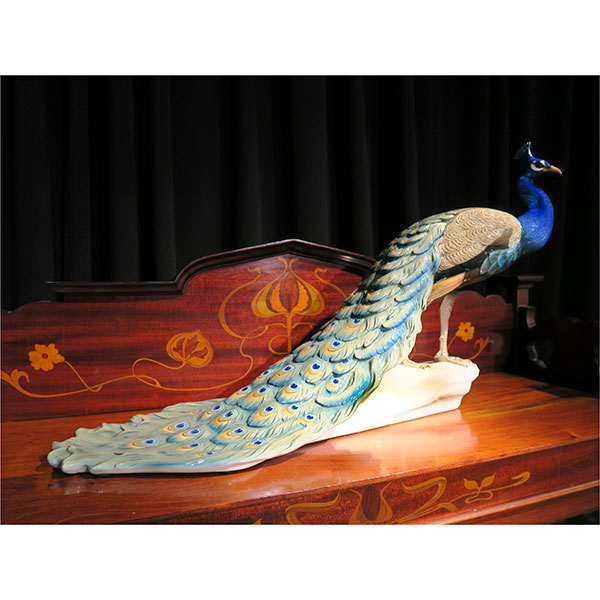
Nymphenburg Peacock on Liberty Style Cabinet
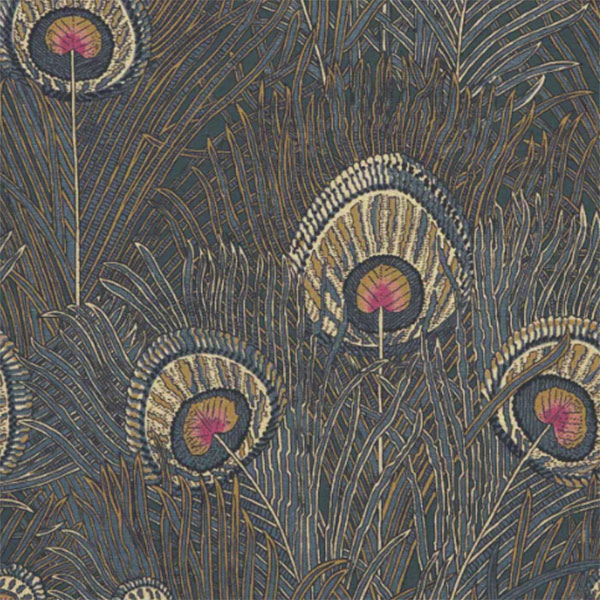
Liberty Hera Fabric
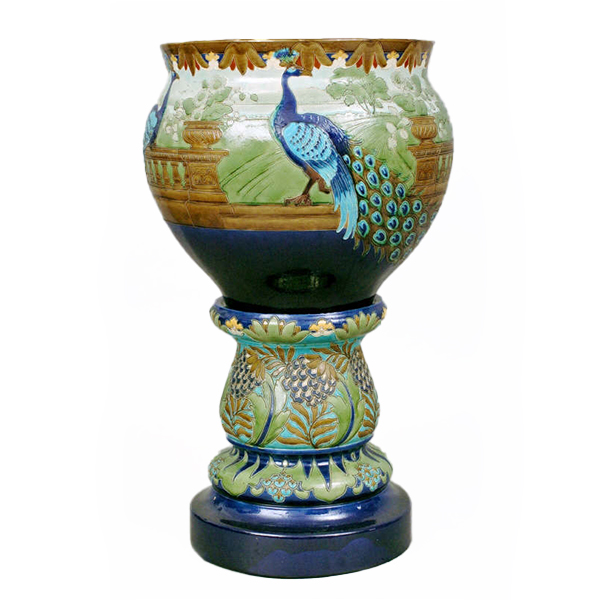
Burmantofts Peacock Jardiniere
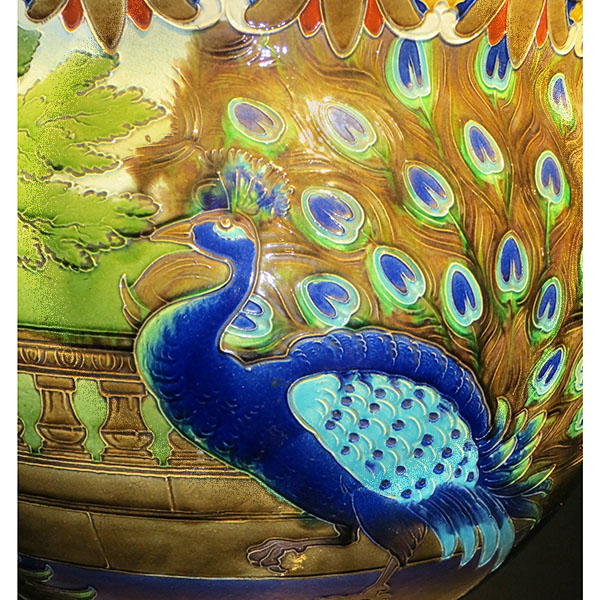
Burmantofts Peacock Jardiniere Detail
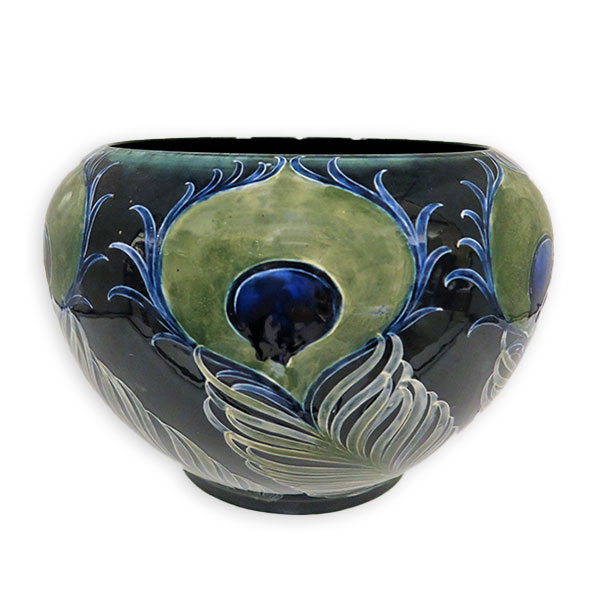
Moorcoft Peacock Planter
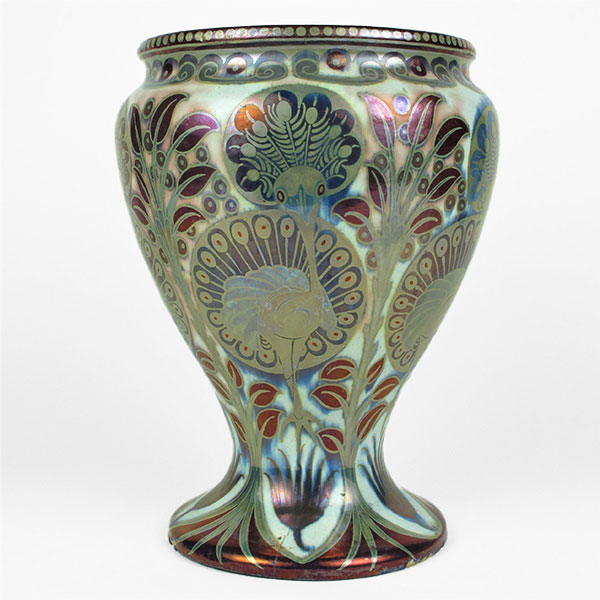
William de Morgan Peacocks
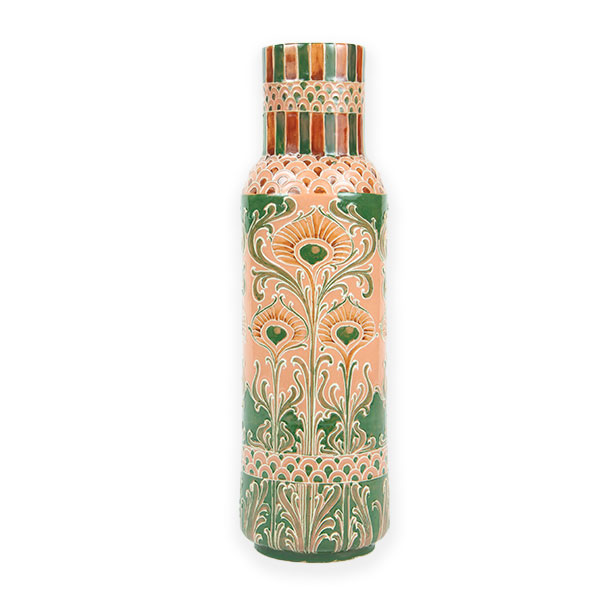
Moorcroft Florian Peacock
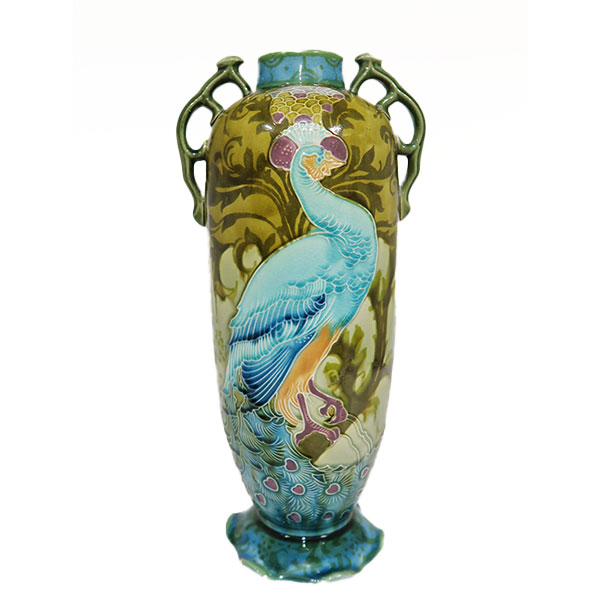
Minton Secessionist Peacock
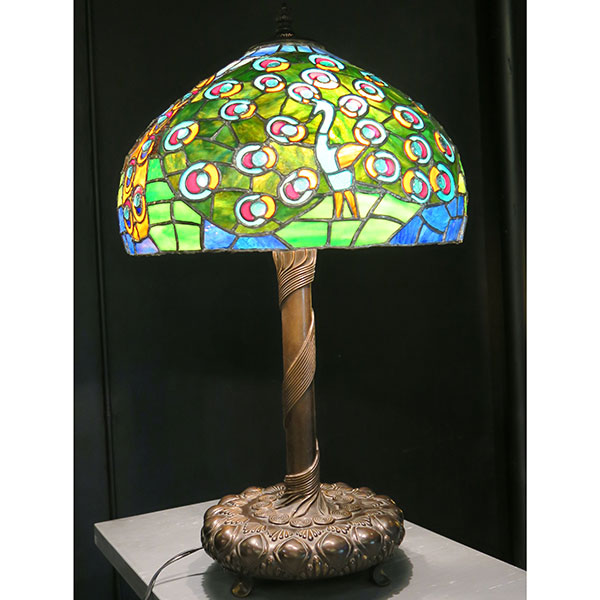
Peacock Leaded Glass Lamp H. Wiener
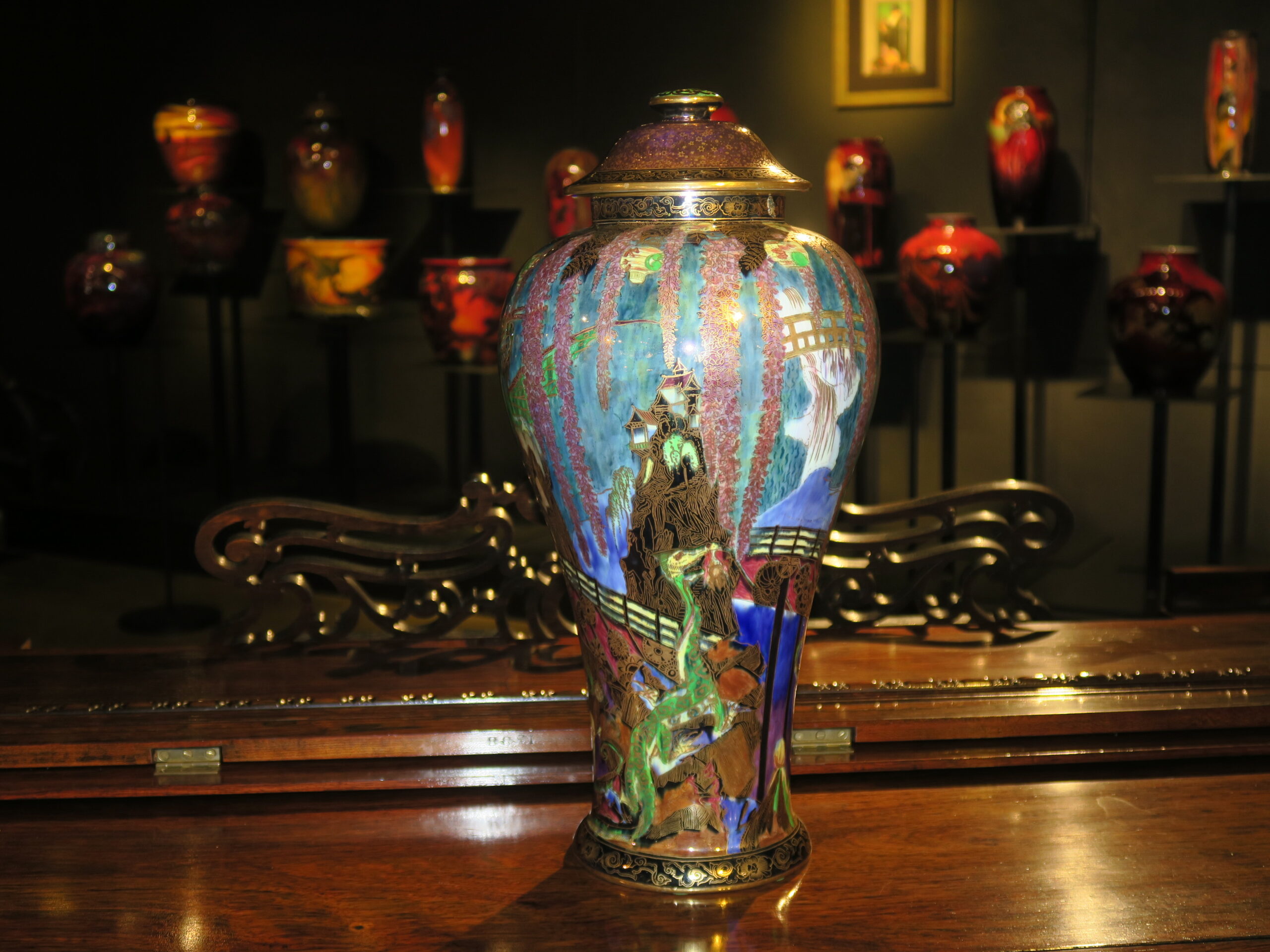
Fairyland Lustre Dragon King D. Makeig Jones
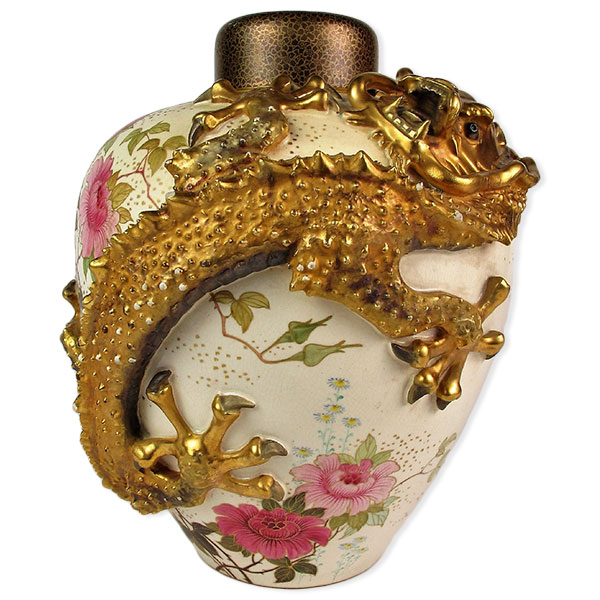
Doulton Spanish Ware Dragon
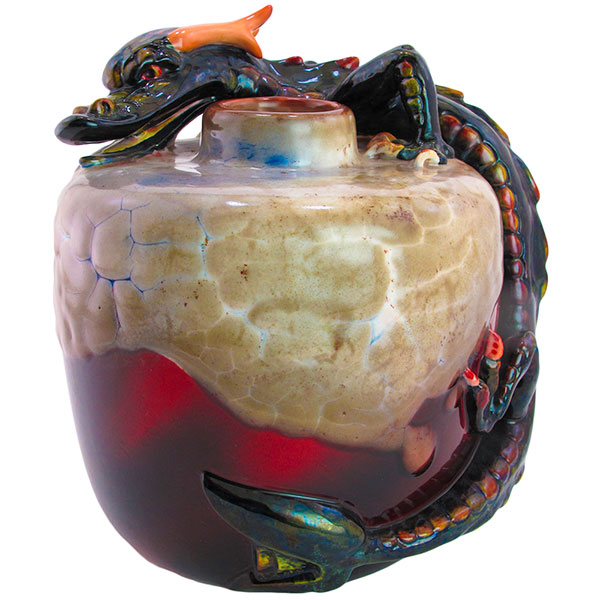
Royal Doulton Chang Dragon
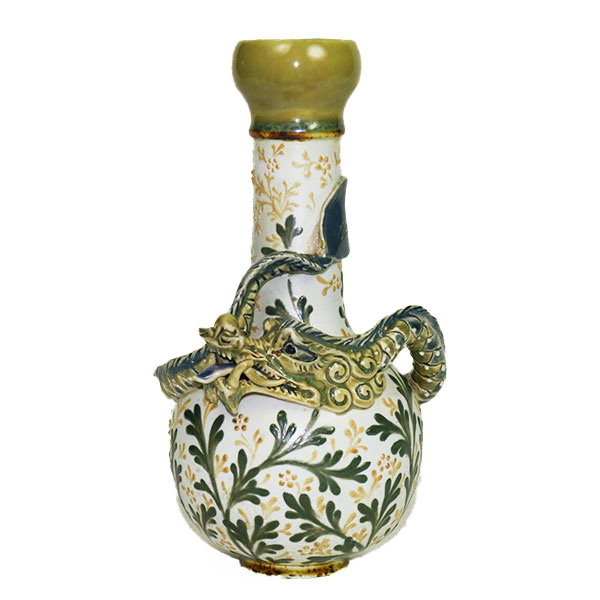
Doulton Lambeth Dragon E. Simmance
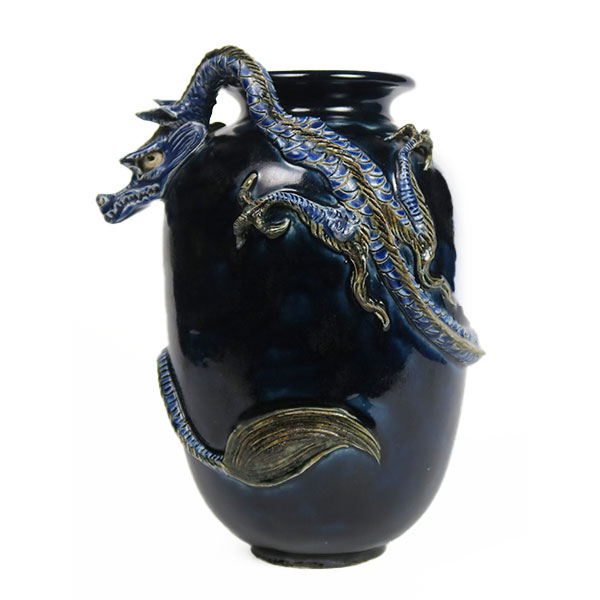
Doulton Lambeth Dragon
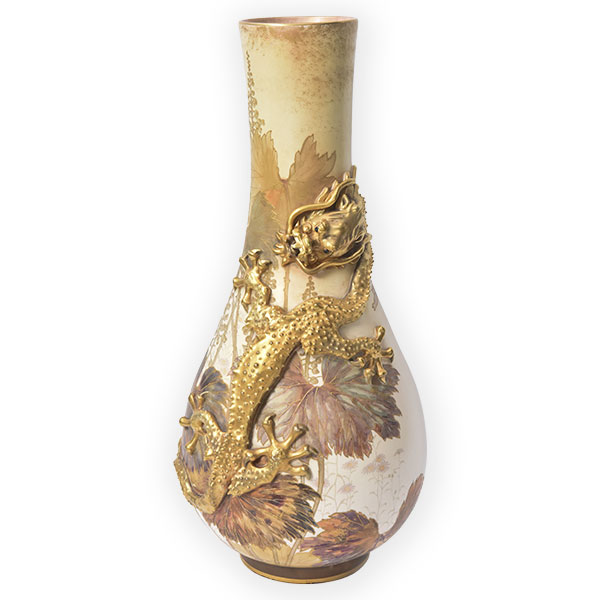
Doulton Burslem Dragon C. J. Noke
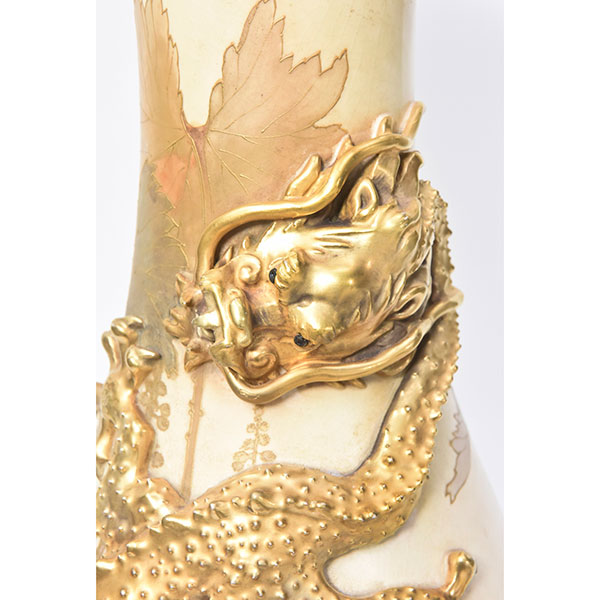
Doulton Golden Dragon Detail
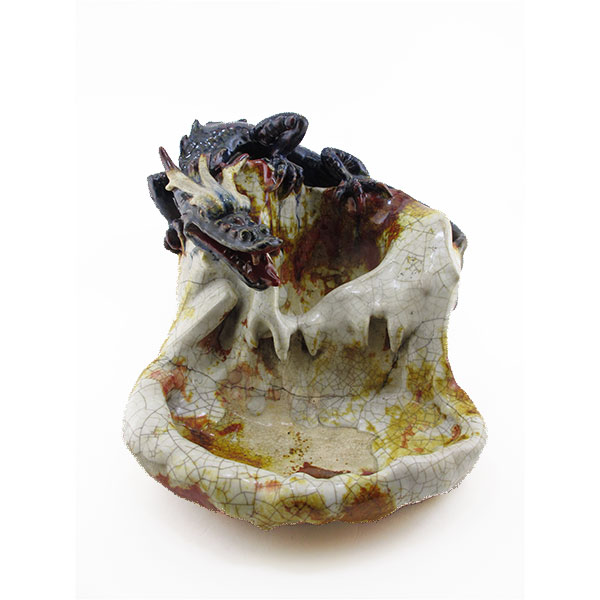
Royal Doulton Chang Dragon
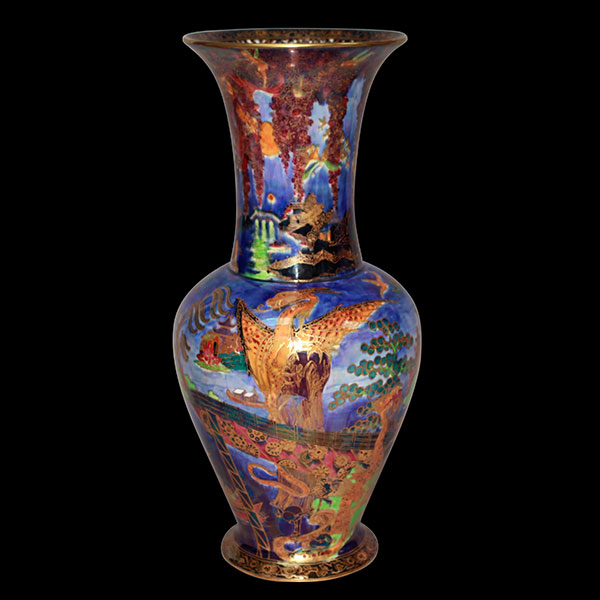
Wedgwood Fairyland Lustre Dragon King Vase
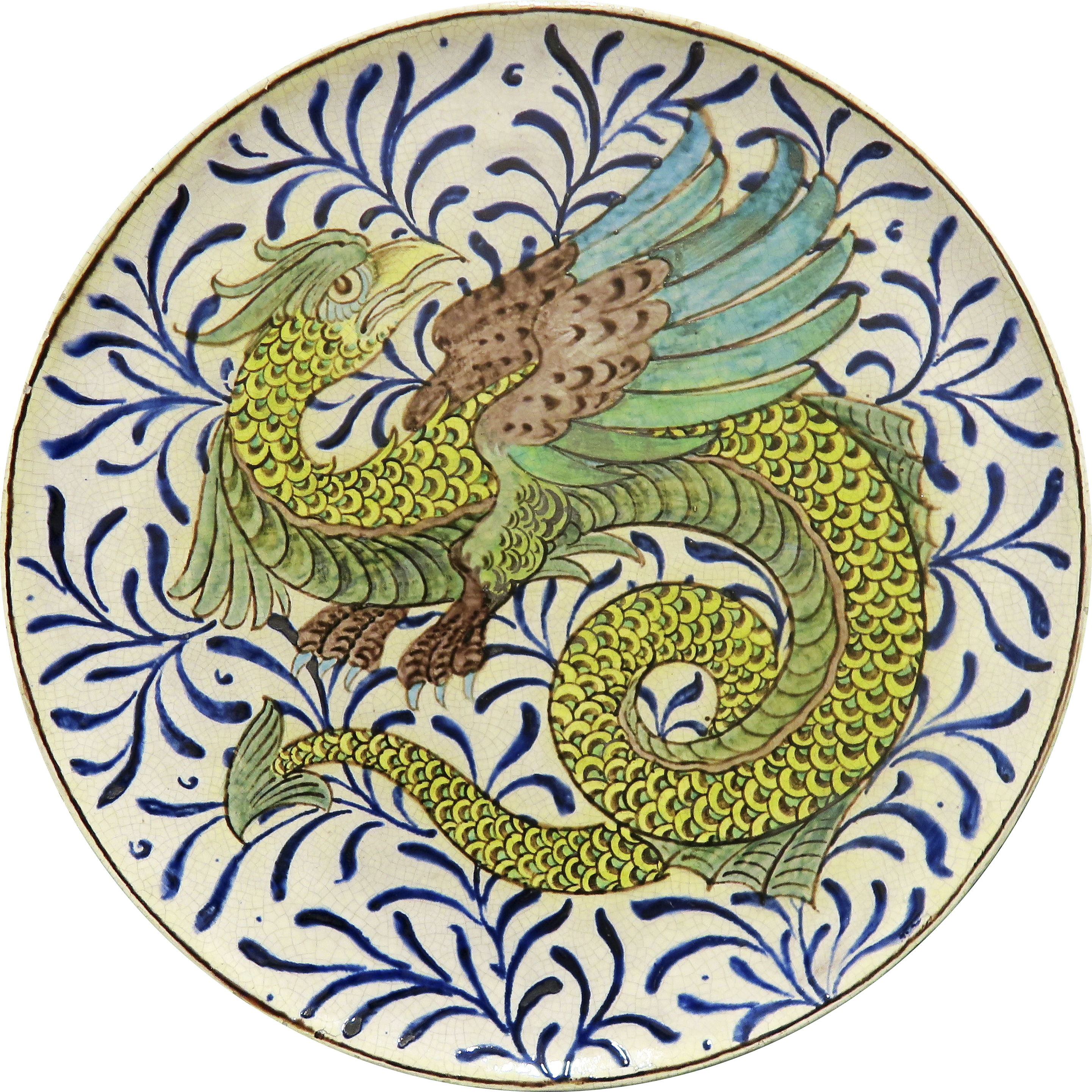
L & Co Dragon Plaque
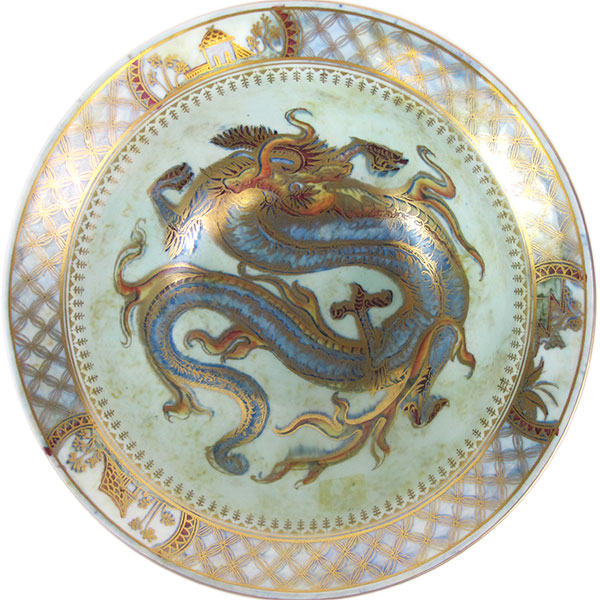
Fairyland Lustre Bowl Interior D. Makeig Jones
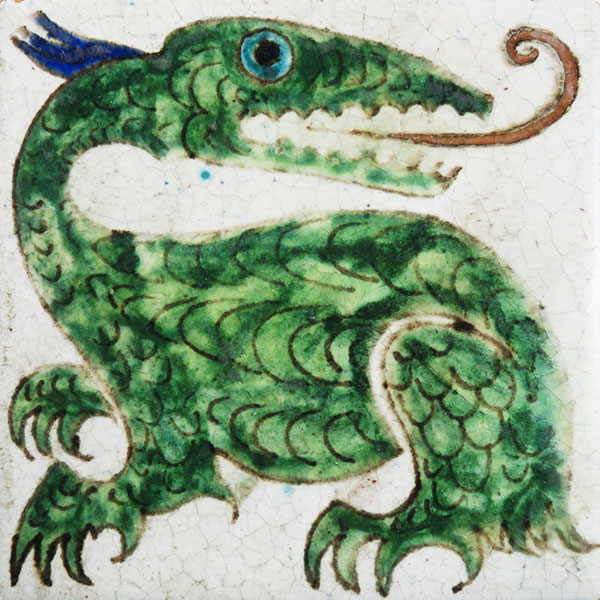
William De Morgan Dragon Tile
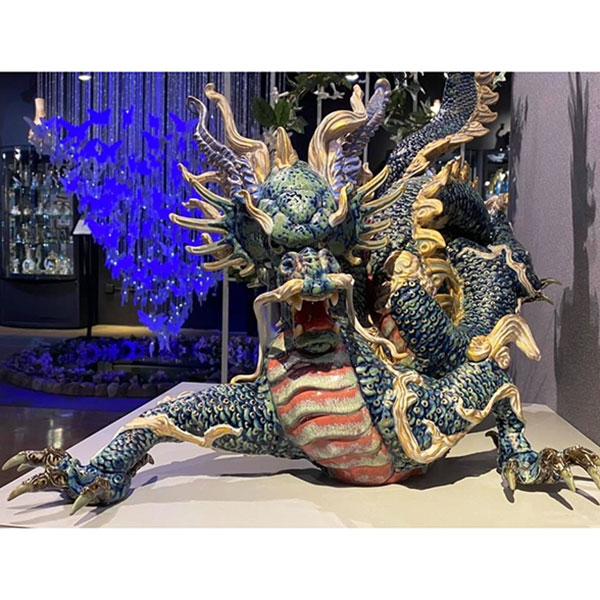
Lladro Great Dragon WMODA
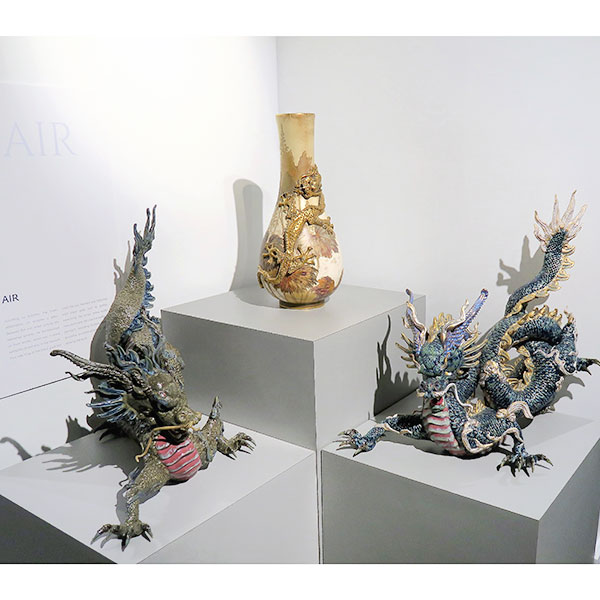
Lladro Great Dragons with Doulton Dragon Vase
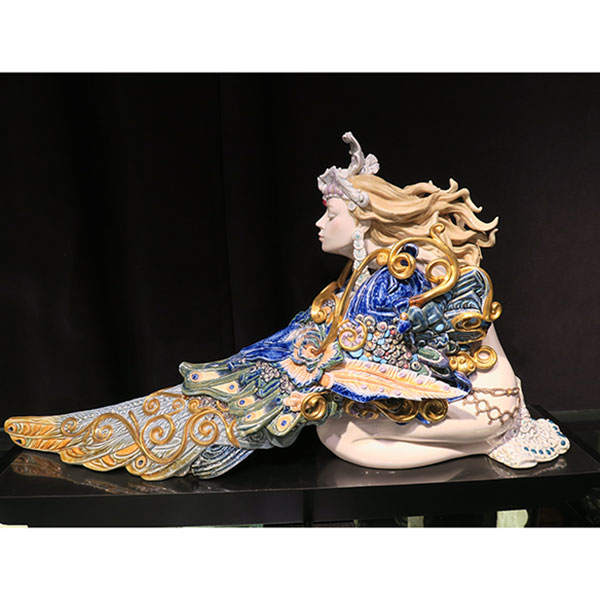
Lladro Winged Beauty F. Polope
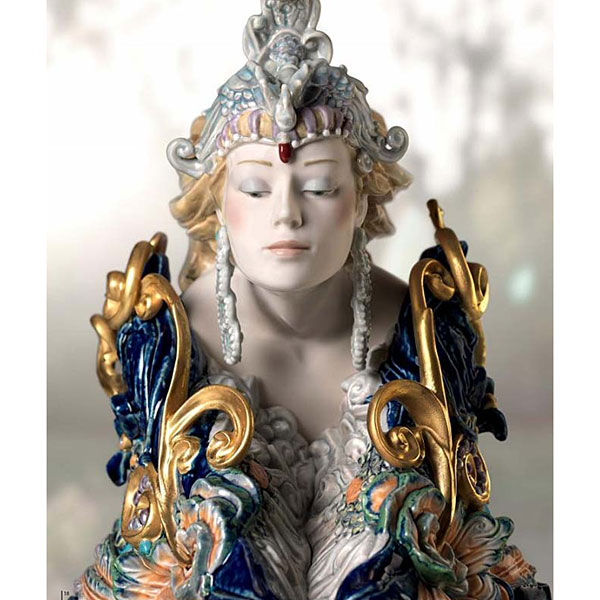
Lladro Winged Beauty Detail
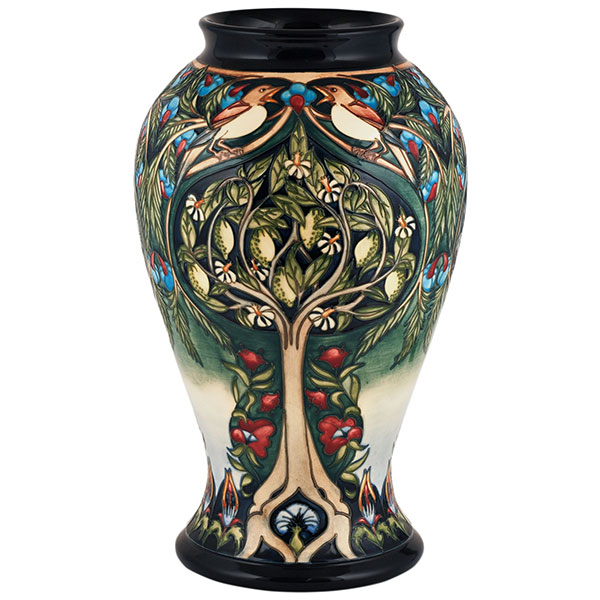
Moorcroft Caravan R. Bishop
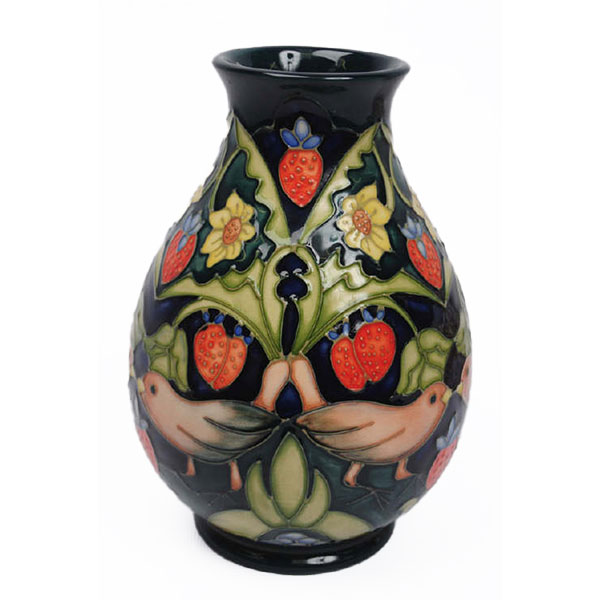
Moorcroft Strawberry Thief R.Bishop
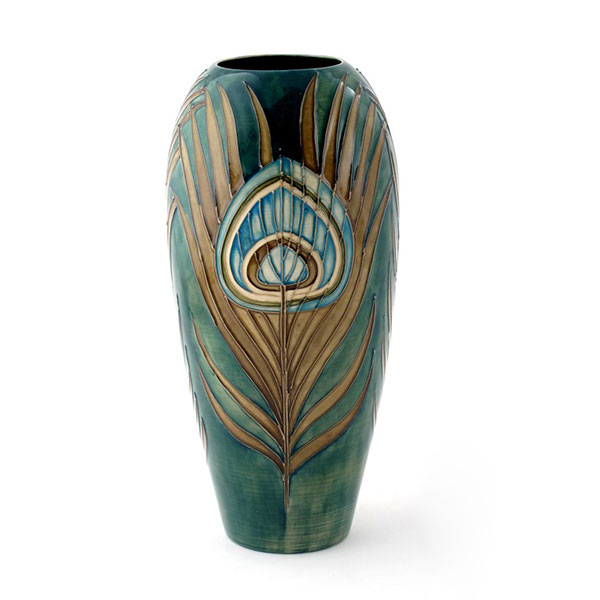
Moorcroft Peacock Feather S. Tuffin
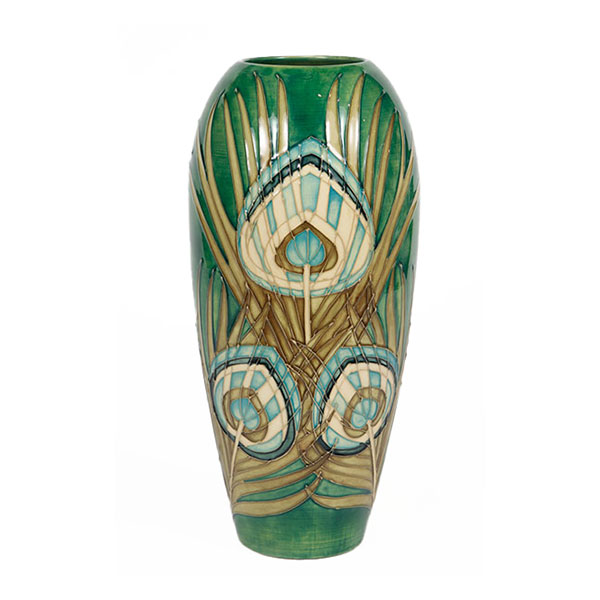
Moorcroft Peacock Feather S. Tuffin
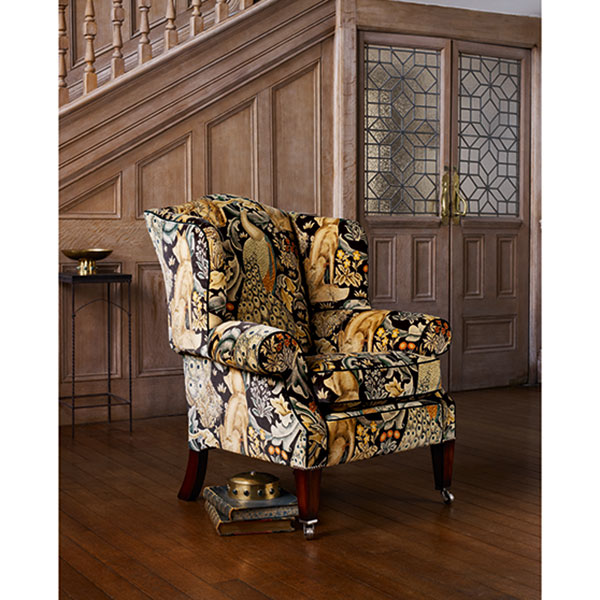
Morris & Co Forest Armchair
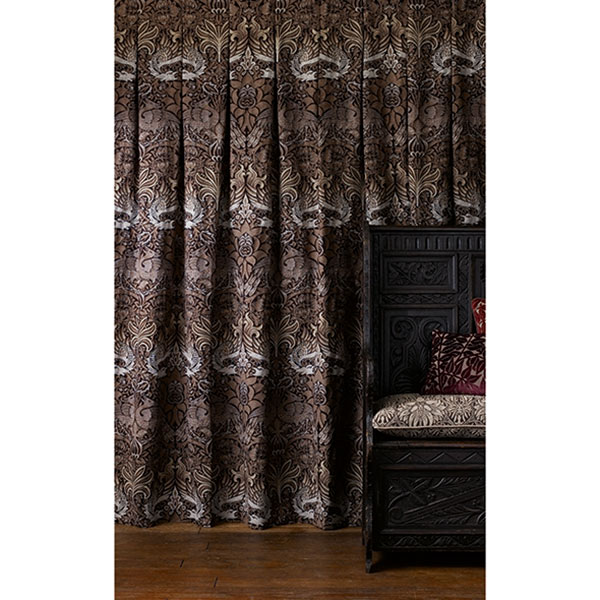
Morris & Co Peacock and Dragon Drapes
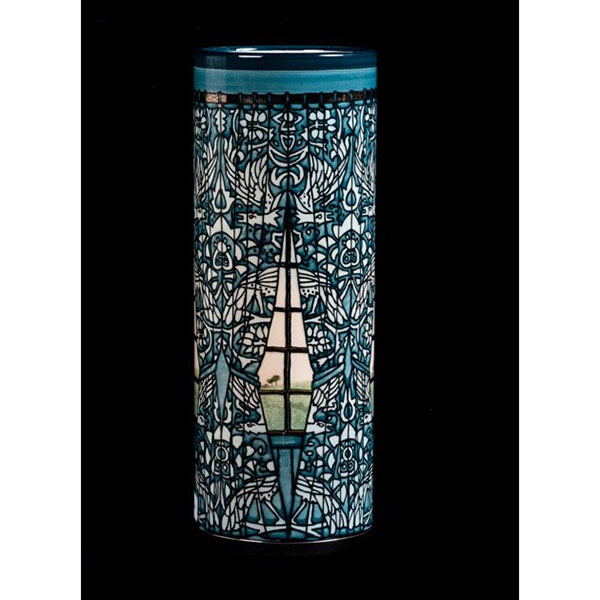
Dennis Chinaworks Morris Interior
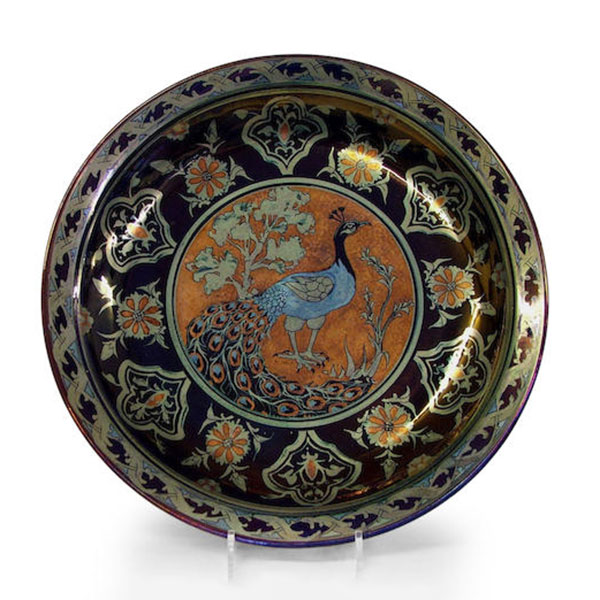
Jonathan Chiswell Jones Peacock Charger
